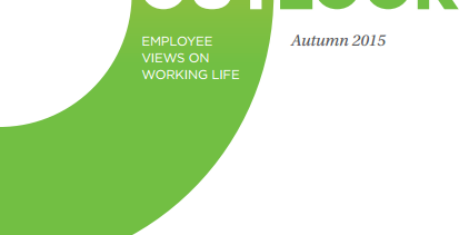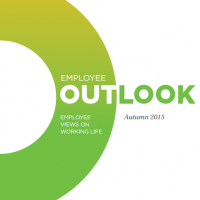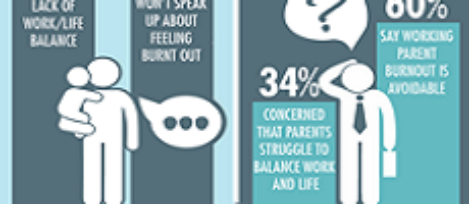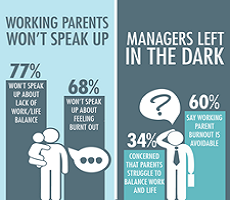November 18, 2015
One in three high-earning and influential part time workers are men 0
 Three in four workers in Britain do not believe it is possible to have a successful part time career, yet new statistics by flexibility experts Timewise shows that there are now an estimated 680,000 workers who are working formally part time in the higher income bracket (earning a minimum of £40,000 full time equivalent). And of these, 230,000 are men and 450,000 are women. The figures were unveiled as part of the publication of the fourth Power Part Time List – in association with Management Today, which lists the UK’s top 50 men and women who work in senior, business-critical roles, all on less than full time hours. This includes a record number of men – 11 out of 50, including the highest number of male nominees since the list’s launch in 2012; including part-timers from businesses such as – Dixons Carphone plc, leading advertising agency AMV BBDO, famed architecture practice EPR Architects, the Bank of England and EY.
Three in four workers in Britain do not believe it is possible to have a successful part time career, yet new statistics by flexibility experts Timewise shows that there are now an estimated 680,000 workers who are working formally part time in the higher income bracket (earning a minimum of £40,000 full time equivalent). And of these, 230,000 are men and 450,000 are women. The figures were unveiled as part of the publication of the fourth Power Part Time List – in association with Management Today, which lists the UK’s top 50 men and women who work in senior, business-critical roles, all on less than full time hours. This includes a record number of men – 11 out of 50, including the highest number of male nominees since the list’s launch in 2012; including part-timers from businesses such as – Dixons Carphone plc, leading advertising agency AMV BBDO, famed architecture practice EPR Architects, the Bank of England and EY.


































October 28, 2015
What Shakespeare’s Henry V can teach us about flexible working
by Julia Johnston • Comment, Facilities management, Flexible working
Why are so many of us preoccupied with the status that having an office brings? They say it’s lonely at the top. Well, that loneliness often starts with the social exclusion of being in an office. Why would you not want to be in with the in-crowd, to be with your own team of people and the go-getters who are making a difference to your organisation? Why not be where the action is at the working coalface of your organisation? Stuck in your office, you can feel like a kid in the corner of the playground, wondering what the others are whispering about. Some of us want an office because we believe it shows our peers that we have made it; that we have reached the upper echelons of our corporate management structure and become an acknowledged achiever. We want an office so that we can preen to others, but that doesn’t automatically make for better managers, leaders or companies.
(more…)